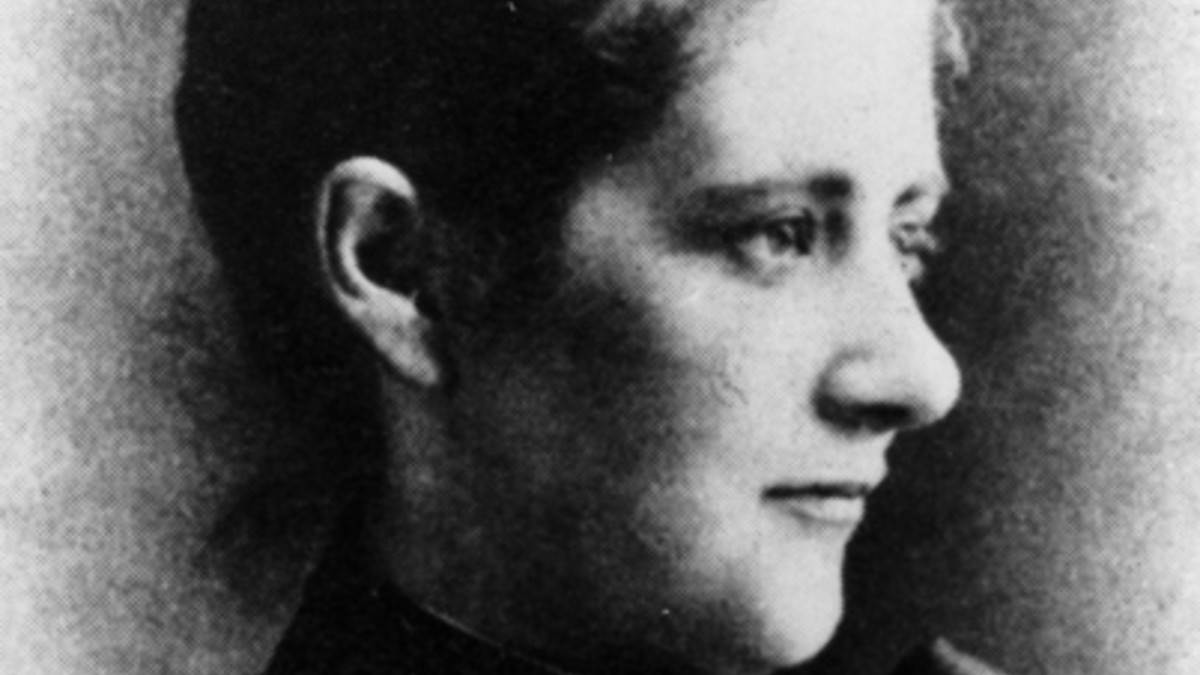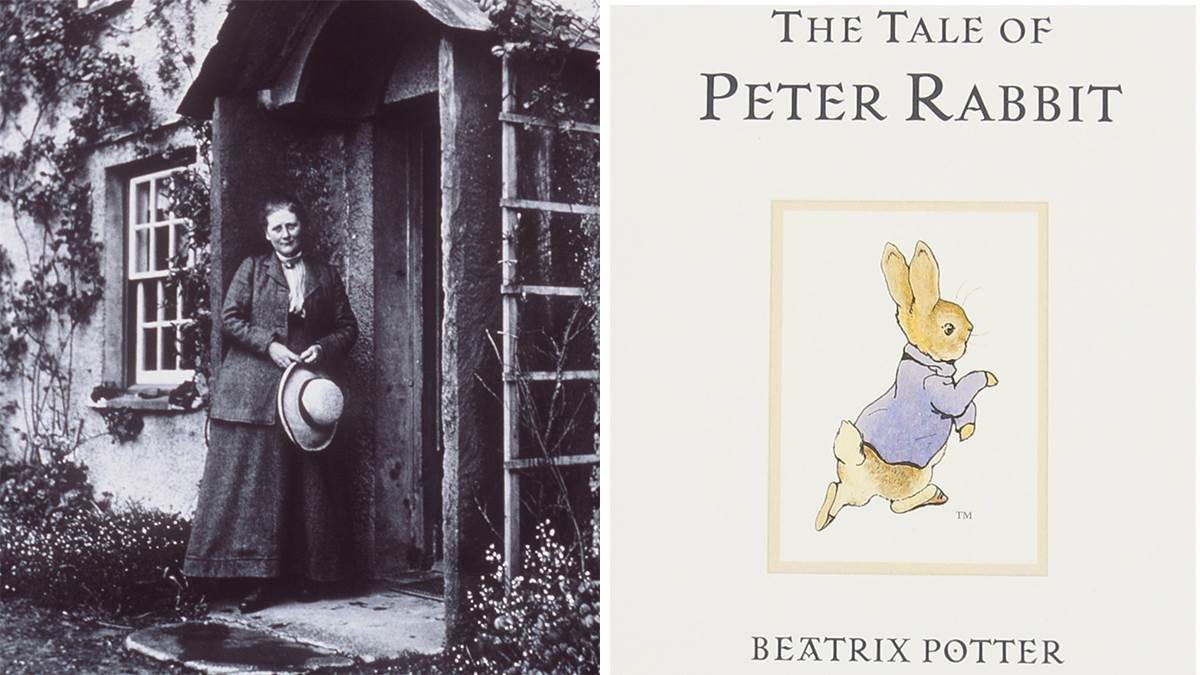Beatrix Potter was a trailblazer – and here’s why
Published on: 27 Gorffennaf 2016 Author: Sophie Offord
Beatrix Potter is a household name for her children's books - but there was so much more to this Victorian woman than many readers even realise.

Incredibly, it's over 150 years since Beatrix Potter was born.
The legendary children's author is known for her tales about Peter Rabbit, Jemima Puddleduck and Tom Kitten, to name just some of her charming animal characters. But on top of this huge legacy, it turns out that she was so much more than just a writer.
Let's look back on the many extraordinary sides to Beatrix Potter.
Talented artist
The Peter Rabbit illustrations were all done by Beatrix Potter - and, even today, they are instantly recognisable and incredibly loved.
Educated at home, Beatrix taught herself to draw and paint by watching the household pets very carefully. But it wasn't until she was 27 that Beatrix wrote an illustrated letter about one of her pet rabbits to an ex-governess' little boy...
My dear Noel, I don't know what to write to you so I shall tell you a story about four little rabbits whose names were Flopsy, Mopsy, Cotton‐tail and Peter.
Determined publisher
Later, Beatrix tried to find a publisher for her Peter Rabbit story and illustrations - but the manuscript was turned down six times.
She decided to publish it herself, printing 250 copies. These sold so well that the publisher Frederick Warne made another offer.
By October 1902, The Tale of Peter Rabbit was a bestseller. Since then, it has never been out of print and has sold over 40 million copies worldwide. Quite a leap from that early print-run!
Shrewd businesswoman
Beatrix Potter was the mastermind behind her merchandise, expanding on the characters in a way that hadn't been done before.
In 1903, she designed and registered a patent for a Peter Rabbit doll - making little Peter the world's oldest licensed character. Soon, a range of high-quality products were available, such as slippers, painting books, handkerchiefs and china tea sets.
I am cutting out calico patterns of Peter. I have not got it quite right yet, but the expression is going to be lovely; especially the whiskers.
Detailed botanist
Beatrix was an expert in fungi (a 'mycologist'). She studied spore germination and the life cycles of fungi, and came up with a pioneering idea about lichens.
However, being a woman at that time meant coming across a lot of obstacles - none of which stopped her. Women were not allowed to meetings at the Linnean Society, so she asked her uncle to present a paper for her instead. (They issued an apology 100 years later.)
Kew Gardens also rejected her as a member, for being a woman, and the Royal Society refused to publish at least one of her papers. Beatrix did, however, lecture at the London School of Economics, as well as forge a reputation as an illustrator of scientific papers.

Beatrix Potter at Hill Top, near Sawrey, 1913, courtesy National Trust - and the little rabbit who made her a household name
Passionate conservationist
Using her royalties from the Peter Rabbit books, Beatrix bought a Lake District farm called Hill Top. She became friendly with the local vicar, Canon Harwicke Rawnsley, who helped found The National Trust in 1895. This cause of preserving and protecting land stayed close to Beatrix's heart for the rest of her life.
In 1912, Beatrix successfully campaigned against hydroplanes on Lake Windermere, which she thought were noisy and a nuisance. In 1927, she sold 50 redrawn Peter Rabbit illustrations to save the Windermere Lake frontage from developers.
Hardy farmer
Beatrix was very 'hands-on' when it came to caring for her Lake District farms. She helped with the hay making, waded through mud to unblock drains, and searched the fells for lost sheep.
In fact, Beatrix bred Herdwick sheep, a rare and threatened breed indigenous to the Lake District. She was the first woman elected President of the Herdwick Sheepbreeders' Association - a great achievement and a sign of high regard among the farming community. Sadly, Beatrix died on 22 December 1943, before she could take up the position.
Yet Beatrix's legacy is still very much alive in the hills around her former home. She left 4,000 acres to The National Trust, the largest gift of land by a person in its entire history - and which keeps the land she loved forever unspoilt.
Thanks to Penguin Children's Books. This article was updated in July 2017.





